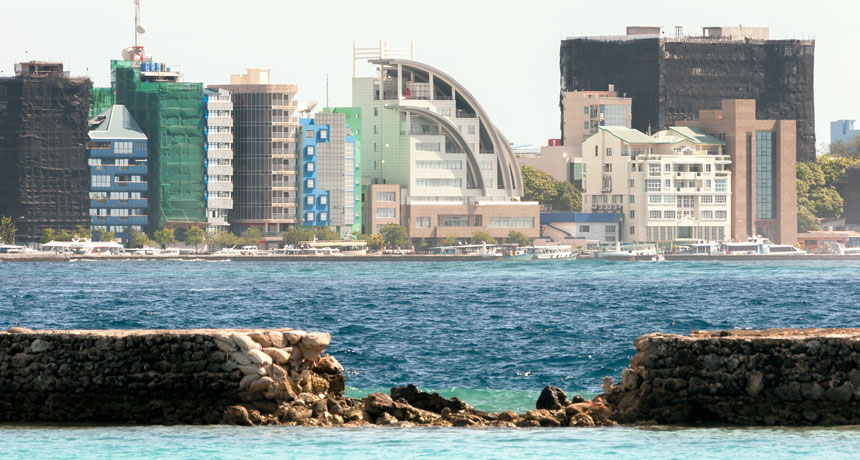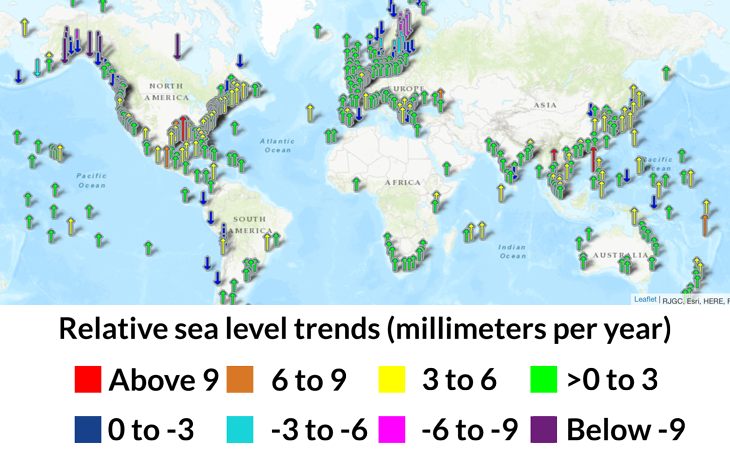Why sea level rise varies from place to place
Multiple, overlapping factors can mean big differences in flood risk

SLOWLY BUT SHORELY The Maldives (its capital, Malé, shown) has long been a poster child for vulnerability to rising seas, with more than 400,000 people living across low-lying atolls in the Indian Ocean. A 2017 study suggests that weakened monsoon winds have curtailed ocean circulation, leading to sea levels rising faster than the global average around the island nation.
Alfaproxima/iStockphoto







